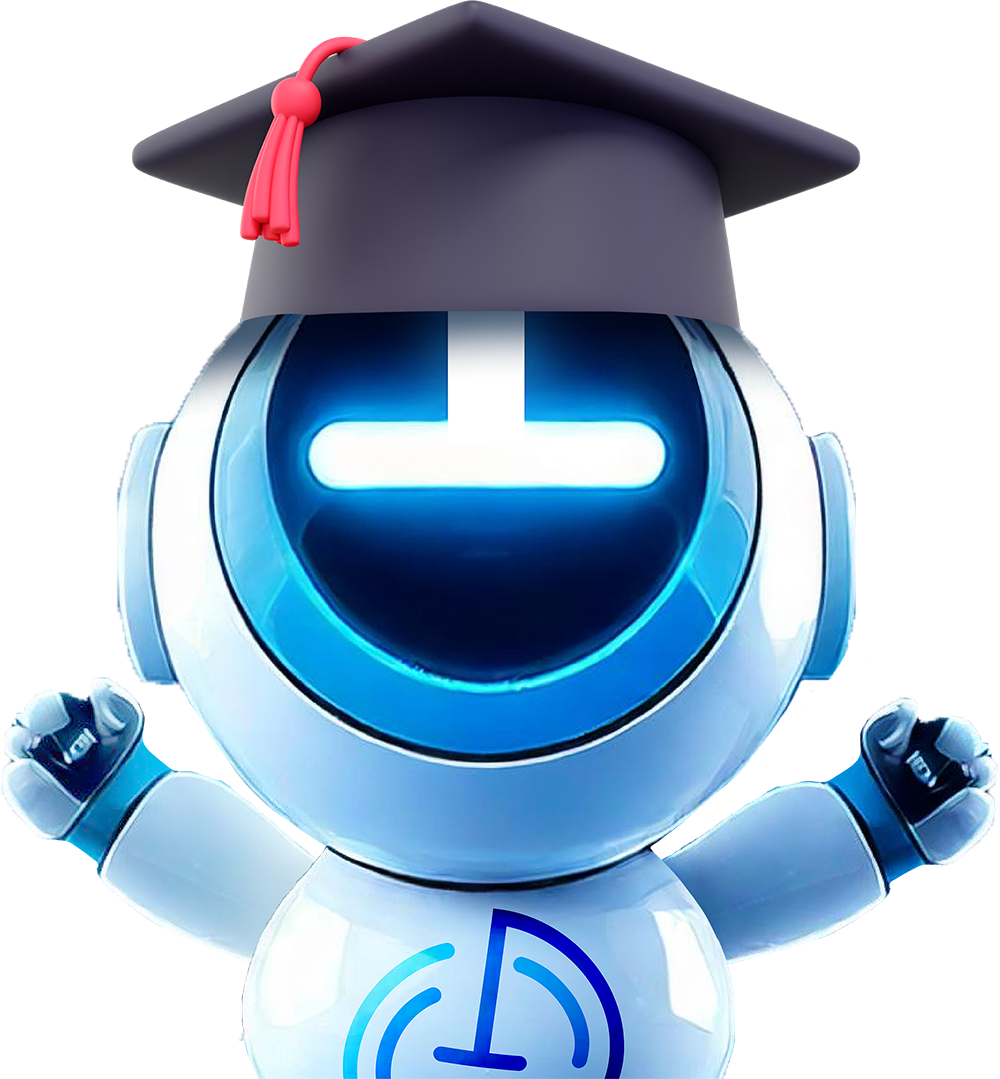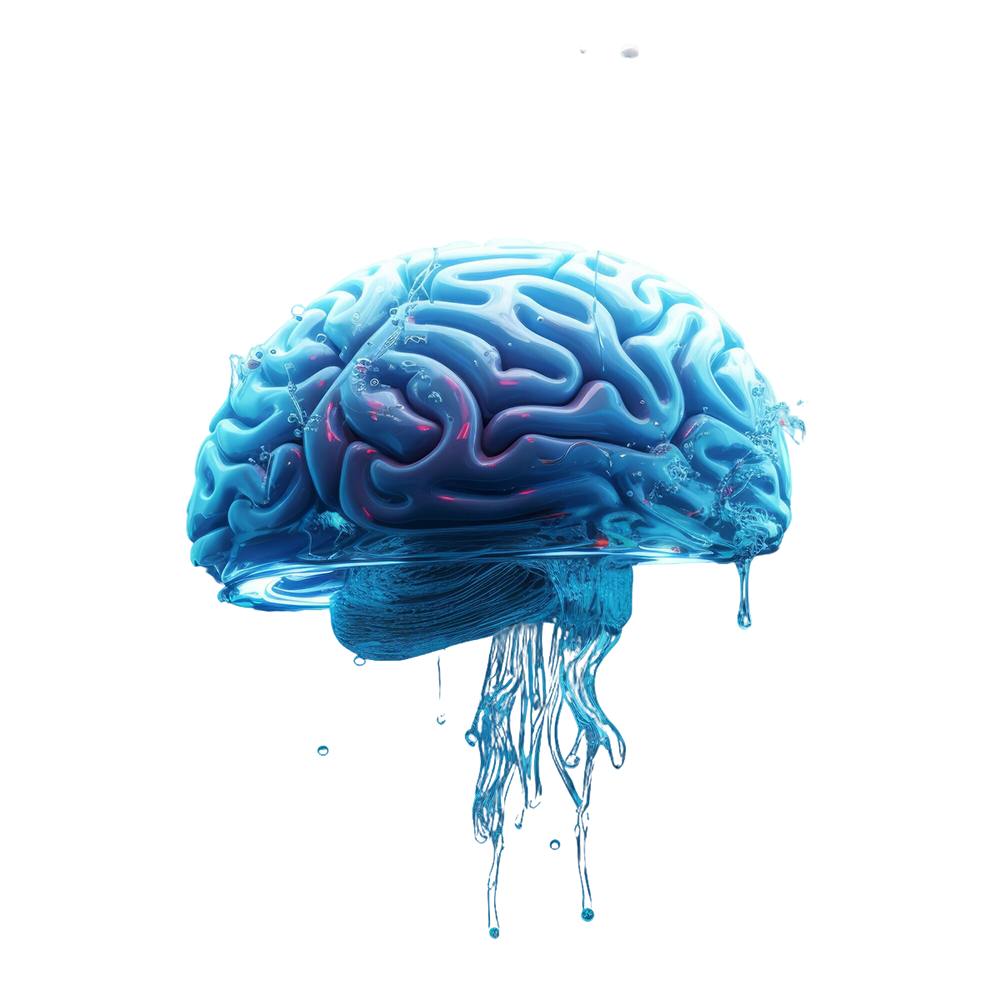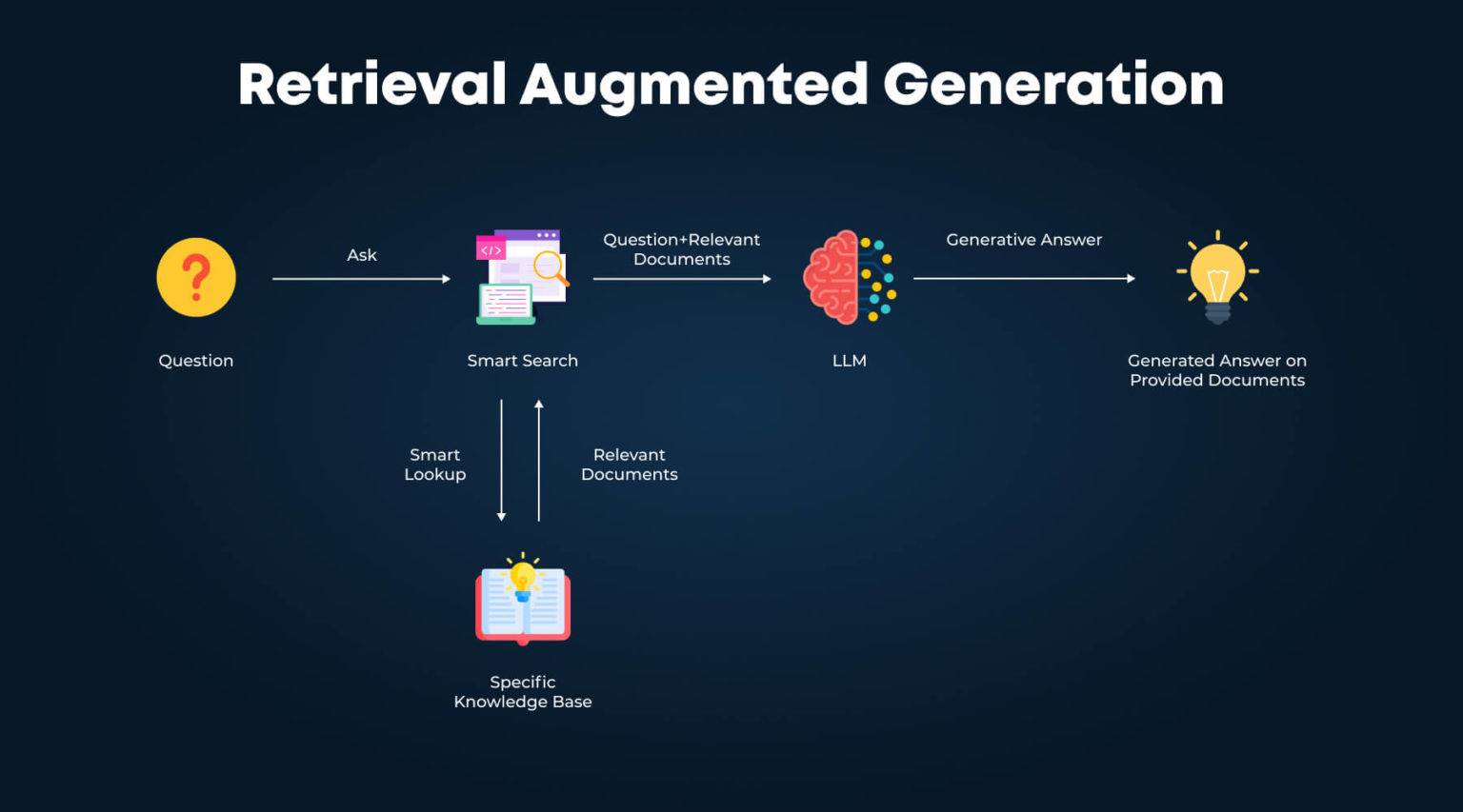Ilmu 0.1 – Malaysia’s First LLM
Malaysia has taken a significant step into the AI world with the launch of Ilmu 0.1, the country’s first LLM, developed by YTL AI Labs. This AI model is specifically trained in Bahasa Melayu and understands Malaysia’s unique culture and language nuances.

Why is Ilmu 0.1 Important?
Ilmu 0.1 sets a new benchmark in AI development for Malaysia. Here’s why it matters:
Built for Malaysia
Unlike other AI models, Ilmu 0.1 understands Bahasa Melayu fluently and accurately.
Outperforms Global AI Models
It ranks higher in Malay language benchmarks compared to international models.
Passed PT3 & SPM Exams
This demonstrates its strong understanding of the local education system.
Supports Key Sectors
It can be used in finance, education, healthcare, public services, and more.
How Ilmu 0.1 Works
Ilmu 0.1 is powered by YTL AI Supercomputer, one of the most advanced AI computing systems in the country. Key technologies behind it include:

Supercomputer
Nvidia GB200 Grace Blackwell Superchip for high-performance computing.

Renewable Energy
Renewable Energy-Powered Data Center in Johor, making it sustainable and efficient.

Cloud-Based
Cloud-based AI solutions for businesses, government, and research institutions.

A Beginner’s Guide to Key Technologies
What is Generative AI?
Generative AI is a type of artificial intelligence that creates new content, such as text, images, music, or even videos, based on the data it has been trained on. It does not just analyze or retrieve existing information but generates original outputs by learning patterns from vast datasets.
Key Features
Content Creation
Generates human-like text, realistic images, and even music.
Pattern Recognition
Learns from large datasets to produce relevant responses.
Adaptability
Can be fine-tuned for specific applications, such as chatbots or creative writing.
Examples
ChatGPT (text), DALL·E (images), and Jukebox (music).

What is a Large Language Model (LLM)?
A Large Language Model (LLM) is an advanced artificial intelligence (AI) system designed to understand and generate human-like text. It learns from vast amounts of data to assist in tasks like answering questions, summarizing information, and even conversing naturally.

What is Retrieval-Augmented Generation (RAG)
RAG is a cutting-edge AI technique that enhances LLMs by integrating real-time information retrieval with generative AI. This allows Ilmu 0.1 to provide up-to-date and accurate responses by pulling from external data sources, making it ideal for research, business intelligence, and content generation.
What is AI Agents
AI Agents are autonomous systems that can perform tasks, make decisions, and interact with users. Ilmu 0.1 incorporates AI Agents to automate complex workflows in areas like:

Processing data for insights and decision-making.

Providing real-time, intelligent assistance.

Assisting medical professionals with diagnosis and treatment plans.
These advanced features enable Ilmu 0.1 to go beyond standard LLM capabilities, making it a powerful AI assistant for Malaysia’s digital future.
Comparison of AI Technologies
AI Agents are autonomous systems that can perform tasks, make decisions, and interact with users. Ilmu 0.1 incorporates AI Agents to automate complex workflows in areas like:
| Feature | Generative AI | Retrieval-Augmented Generation (RAG) | AI Agents | Large Language Model (LLM) |
|---|---|---|---|---|
| Primary Function | Generates text/images based on learned data | Retrieves real-time data and integrates it with AI-generated responses | Automates tasks and interacts dynamically | Processes and understands human language |
| Data Source | Pre-trained datasets | External knowledge sources + AI training data | Real-time inputs + AI models | Large-scale text corpora |
| Real-Time Accuracy | Limited (based on training data) | High (fetches latest information) | High (adapts to ongoing tasks) | Medium (depends on training updates) |
| Interactivity | Passive (responds when asked) | Semi-interactive (fetches new data) | Highly interactive (decision-making, task execution) | Conversational but static |
| Use Cases | Content creation, chatbots | Research, business intelligence, live customer support | Virtual assistants, automation, robotics | Education, document processing, translations |
Relationship Between RAG, AI Agents, and LLMs
RAG, AI Agents, and LLMs work together to create intelligent, real-time, and interactive AI systems. Each plays a crucial role in enhancing AI capabilities:

LLM
The foundation of AI, responsible for understanding and generating human-like text based on pre-trained data.

RAG
Enhances the LLM by retrieving real-time, external data, ensuring accurate and up-to-date responses.

AI Agents
Autonomous decision-makers that use LLMs and RAG to interact dynamically, perform tasks, and automate workflows.
How They Work Together
RAG, AI Agents, and LLMs work together to create intelligent, real-time, and interactive AI systems. Each plays a crucial role in enhancing AI capabilities:
RAG improves LLMs
by providing fresh, external knowledge instead of relying only on pre-trained data.
RAG improves AI Agents
by providing real-time, accurate information, allowing them to make better decisions and provide more relevant responses.
AI Agents use both LLMs and RAG
to make decisions, interact with users, and automate complex tasks.
AI Agents use RAG to retrieve up-to-date data
instead of relying solely on pre-trained knowledge, making them more dynamic and adaptable.
Together, they enable smarter AI applications, such as real-time customer support, AI-driven research assistants, and automated business processes.
Program and AI Agents
A program can have multiple AI Agents, each with a specific role or task. These agents can work independently or collaborate to achieve complex goals. For example :
A customer service system may have separate agents for answering FAQs, processing refunds, and handling complaints.
A financial AI system may include agents for market analysis, risk assessment, and portfolio management.
A smart home assistant may use different agents for voice recognition, temperature control, and security monitoring.
Each agent can interact with the LLM and RAG to retrieve information, generate responses, and make decisions.
RAG Process
A program can have multiple AI Agents, each with a specific role or task. These agents can work independently or collaborate to achieve complex goals. For example :

Data is converted into numerical representations by BGE model (a type of embedding model)
The numericals are stored in vector database
Query comes in
Supabase similarity search detect the documents relevancy based on score
Query and knowledge sent to LLM
Knowledge is retrieved
LLM will generate final response
Conclusion
The relation :
Program → AI Agents → (LLM + RAG + Generative AI) as Tools
Ilmu 0.1 is a groundbreaking achievement that puts Malaysia on the AI map. Whether for businesses, education, or government applications, it represents a future where AI speaks and understands Malaysia like never before.
Stay tuned as Malaysia continues its journey toward AI excellence!
